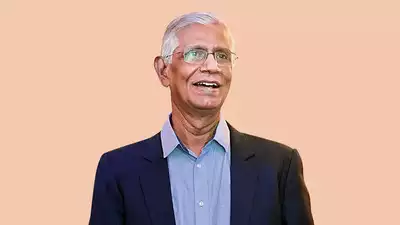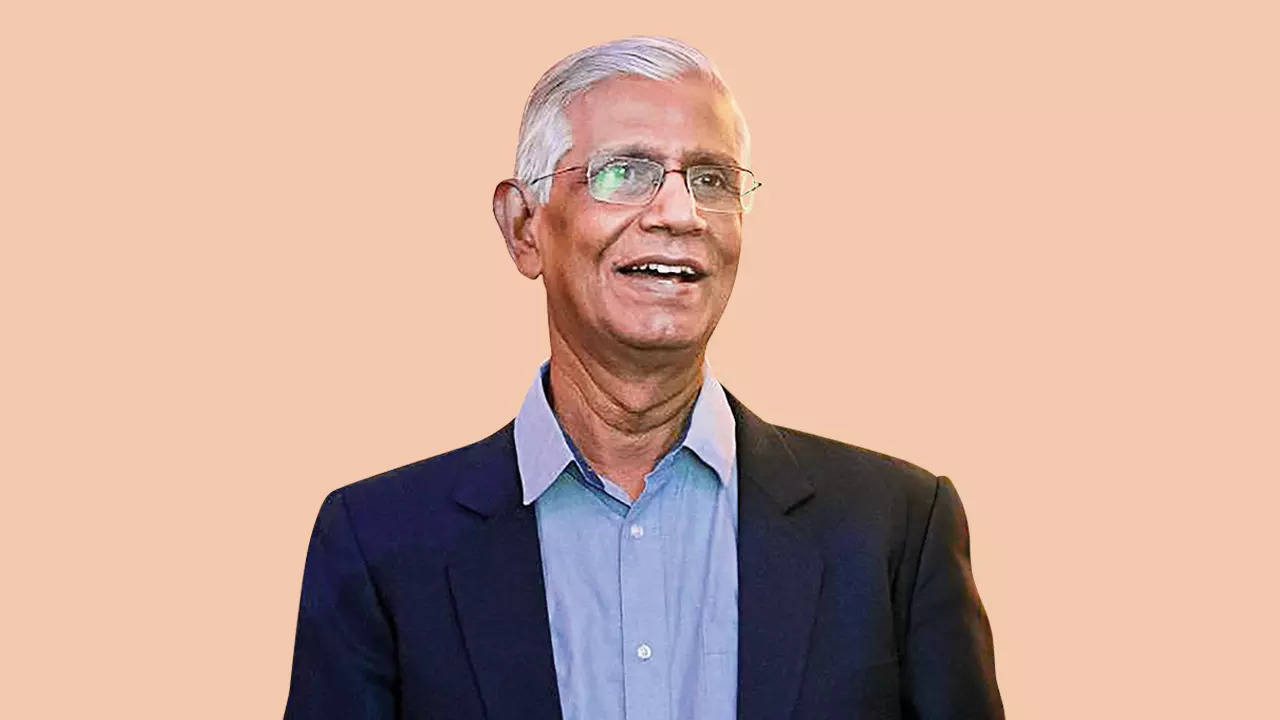Dr RP Shanmugam
In April 2013, my life became a paradox. Instead of striding into the operating theatre as a surgeon who had performed Tamil Nadu’s first liver
transplant surgery
in 1996, I found myself being wheeled into one for a transplant.
It all began with a sharp prick I felt while performing an abdominal surgery at a govt hospital. Not everyone who experiences a needle prick gets infected with hepatitis, but I was unlucky. The infected patient’s blood had a high enough viral load for transmission, and slowly, my health began to decline.
While trying to donate blood one day, I tested positive for
Hepatitis B
. As a liver surgeon, I knew this was serious. The disease, its management, and its potential complications were all too familiar to me.
Hepatitis B and C are primarily transmitted through blood-to-blood contact, while Hepatitis A and E spread mainly through contaminated food or water. The Hepatitis B vaccine became available only in the early 1990s, with the Hepatitis A vaccine following nearly a decade later.
When I tested positive for Hepatitis B, it was too late for the vaccine. I did everything possible to manage the infection, including maintaining an active lifestyle and undergoing aggressive treatment for half a decade, but it still progressed to cirrhosis, making a transplant inevitable. I joined the waitlist, alongside some of my own patients
The writer, a surgical gastroenterologist, spoke to Pushpa Narayan
When I tested positive, it was too late for the vaccine. At the time, only one drug was available for Hepatitis B, and I had a terrible experience with it for six months. I tried to live cautiously, doing everything possible to manage the infection, including taking two pills a day. Despite maintaining an active lifestyle and undergoing aggressive medical treatment for half a decade, the infection progressed.
A CT scan later revealed a disease that had claimed my younger brother five years earlier:
liver cirrhosis
, a condition where healthy liver tissue is replaced by scar tissue, making a transplant inevitable. My son, part of a leading
liver transplant
team in Chennai, encouraged me to join the waitlist. I did, alongside some of my own patients.
I continued to work until the day of surgery and faced the post-transplant phase like many of my patients. Three months later, I returned to my clinic, determined to raise awareness about hepatitis vaccination. Since then, the Chennai Liver Foundation, which I founded in the 1990s, has organised numerous awareness programmes, free screening camps, and offered vaccinations at subsidised rates.
Vaccines are our best defense. When administered, they signal the body to recognise a threat. The immune system produces antibodies — specialised proteins that combat infections — targeting the specific hepatitis virus present in the vaccine. Once the body learns to recognise and fight the virus, it creates memory cells that can quickly generate more antibodies to fend off future infections.
No matter how knowledgeable a doctor is or how effective the medicine may be, hepatitis can be relentless. I understand this better than anyone, having studied, witnessed, and experienced its impacts. Other factors, such as alcohol consumption, can also irreparably damage the liver. In cases of irreversible liver failure, a transplant remains the only viable treatment.
While I no longer perform transplants, my team ensures that all patients on the transplant list speak with me — I serve as their ambassador. I encourage patients to approach their transplant journeys without fear while advising them to discuss preventive measures with their families: vaccinate, eat healthily, exercise, and schedule regular health check-ups. Prevention is one hundred per cent possible.
I’m Manas Ranjan Sahoo: Founder of “Webtirety Software”. I’m a Full-time Software Professional and an aspiring entrepreneur, dedicated to growing this platform as large as possible. I love to Write Blogs on Software, Mobile applications, Web Technology, eCommerce, SEO, and about My experience with Life.



